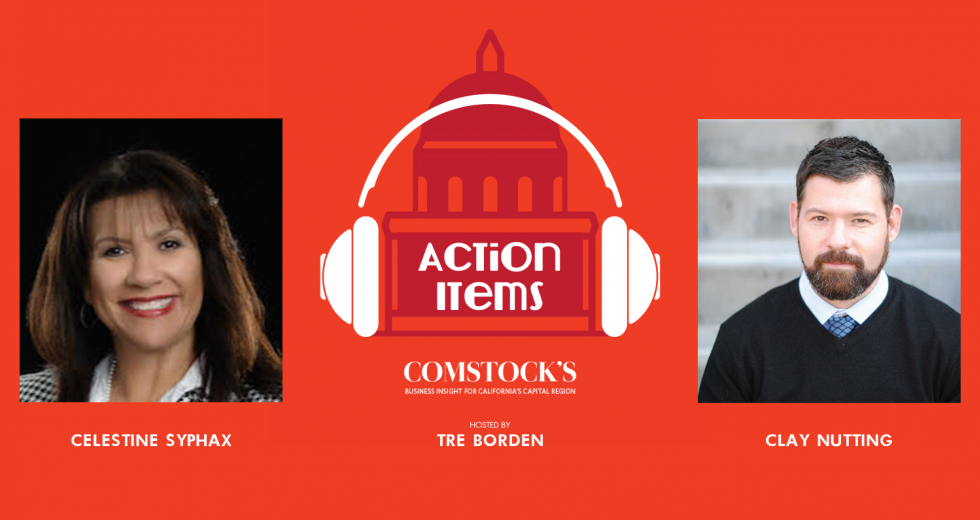Sacramento’s art scene has come a long way. We have respected, long-standing institutions such as the Crocker Art Museum, Sacramento Philharmonic & Opera, the Sacramento Ballet and California Musical Theatre. We also have an independent arts scene with hype-worthy undertakings, like Art Hotel and Art Street. How can these creative endeavors contribute to a thriving local economy that benefits both our city’s culture and the visual artists, poets, dancers and musicians who hustle from gig to gig?
On this episode of Action Items, arts entrepreneur and restaurateur Clay Nutting joins Celestine Syphax, who serves on the board of several nonprofit arts groups, and host Tre Borden to discuss what the grassroots art movement can learn from institutional arts organizations in the Capital Region — and vice versa.
What can arts organizations learn?
Some 32,000 people gathered at different times during the month of February in a 65,000-square-foot warehouse and outdoor space off Broadway for Art Street. The temporary, multidisciplinary arts project featured creations by 100 artists, and expanded upon the popular Art Hotel held last year in both size and scope. To its fans — and there are many — Art Street illustrates what happens when innovative ideas come from the creative class and appeal to a diverse audience. Major selling point: free admittance.
Syphax says this project shows the value of grassroots art in attracting all types of art enthusiasts and being accessible to all. “[With] a temporary installation, you can really play off that momentum where you get part of the Crocker crowd, the Verge crowd, all of your traditional institutional folks, as well as your independent artists,” she says.
How do we bring people into the arts?
Meanwhile, traditional institutions, like the Sacramento Philharmonic and Crocker Art Museum, have taken a cue from the grassroots community and launched programs aimed at bringing in a new audience. Crocker, for example, runs Block by Block, an initiative to bring block parties with dancing, visual art, spoken word, drum circles and more to underserved neighborhoods in Sacramento.
“I’ll go to a wide variety of events, from going to the ballet and going to an event at Verge, and I just see a lot of the same people and I think that’s part of our challenge — is how do we reel more people in?” Nutting says. “There’s a few different theories and everyone wants to Netflix and chill from time to time, but if you want to manifest a community where there’s a vibrant arts culture, that requires participation.”
Click for the full conversation.
Got something to say on the topic? Tweet us @ActionItemsPod with the hashtag #CreativeCapital
Thank you to Jesuit High School for making the first season of Action Items possible with their generous sponsorship. On Facebook and Twitter @JesuitHighSac. Subscribe to Action Items on iTunes and Stitcher.



